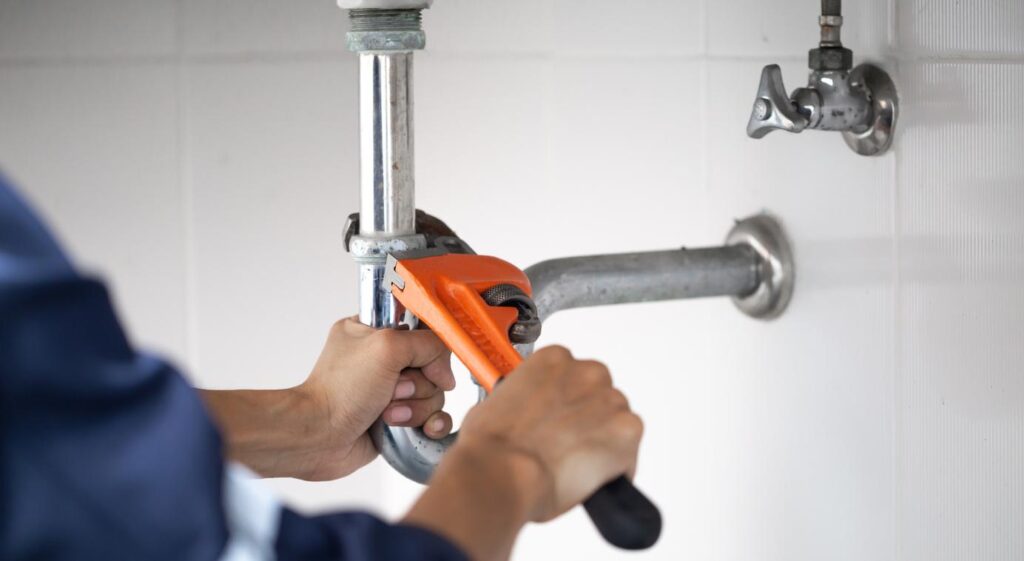Dealing With Home Improvement Returns Season
Some random residence enhancement resources (photograph credit rating: Sam Clarke on Unsplash)
Property advancement buying period is in whole swing. That implies shoppers are perusing almost everything from gentle fixtures to kitchen area tiles to porcelain toilets. Why? Spring is a symbol of new beginnings, and that has traditionally translated to spikes in residence-refreshing buys. Regretably, spring is also a indication that retailers are entering one of the most logistically complicated and high-priced returns seasons of the year.
Right here we’ll review key returns issues next residence advancement time and what vendors can do to mitigate the fallout.
Bulky Returns
Dwelling advancement returns are complex, no matter of the group or sizing. But over weight returns like bogs, vanities and cabinets current some of the most complex issues vendors for vendors to mitigate:
Damage
When a buyer purchases bulky household improvement goods, the products arrive neatly packaged and secured. But at the time shoppers open up the box, consider the merchandise out, come to a decision they never want it, and stuff it again in the packaging, all quality-command bets are off.
Normally, when consumers provide these items back again to the retail outlet or ship them to a returns centre, the as soon as pristine item arrives with some stage of destruction – ranging from a modest crack to thousands of pieces. A further widespread prevalence is the client forgets to include a couple of tiny elements, like a shelf or chord, rendering the deal useless. Whether scratched, cracked, broken, or incomplete, these objects are not eligible for resale, and the retailer will generally acquire a reduction if they simply cannot send out the products again to the vendor for credit rating.
Processing Costs
On the internet returns make matters worse for the reason that shops will have to shell out to ship the objects to collection centers, and at some point to the last customer in the secondary industry. Moreover, bulkier returns–are a lot far more high-priced to ship.
Typically, logistics corporations pack dozens of things on each and every pallet to cut down the shipping charge. But cumbersome products and solutions get up drastically a lot more space, earning them additional expensive to transport. In our experience, outsized household enhancement returns can value up to 10 occasions much more to transport than regular-sized items. Additionally, vendors have to pay for extra staff to sort, inspect and repackage these significant things. Just about every time a employee touches a return, shops should include the value.
Owing to these troubles, most retailers do not have a sound returns method for these items and as a result, our information reveals that a normal corporation recovers much less than 10% on these merchandise, at greatest.
Resale Challenges
In regular returns eventualities, shops often get the job done with liquidation providers to sell unwanted and distressed merchandise in bulk at a discounted. On the other hand, utilised and outsized property enhancement returns are specialty objects that do not have the similar secondary market enchantment. As a consequence, most liquidation companies don’t want to invest in these returns from shops, even at a sizeable markdown, which signifies suppliers have to seek specialty customers who usually pay even reduced charges.
Retailers could use technology to identify the most best resale route. They could also employ recommerce software program to routinely resell cumbersome things on the internet in regional marketplaces. Nevertheless, quite a few don’t have the units and source chain to execute these specialty tactics, ensuing in, lots of residence enhancement returns get thrown absent.
Ecommerce: The Gift and the Curse
Since the onset of COVID-19, customers have turned to ecommerce for their purchases, and it’s possible that residence enhancement things were being extra to these lists. And as most industry authorities know, customers return two to 3 instances extra ecommerce buys than in retail outlet. As a end result, we have viewed conditions where suppliers are processing double the amount of money of returns annually as opposed to pre-pandemic occasions. On top rated of that, vendors are having to pay the selling price for increased transport expenses and problems threats in transit.
Irrespective of the trifecta of difficulties, omnichannel stores have not altered online returns guidelines to mitigate the reduction. In its place, shops continue being dedicated to assembly client requires for convenience, absolutely free transport, and quick refunds. Customer loyalty is priority range just one, so retailers should rethink their reverse provide chain strategy for the new typical.
The Benefit of a Reverse Offer Chain
Vendors have intensive forward supply chains and warehouses to get, promote, and ship new items. Returns, nevertheless, are substantially considerably less systematic and involve vastly unique spaces, staff, and strategies that suppliers normally do not have. So, organization companies need to consider 1 of two possibilities: devote in reverse offer chain infrastructure throughout the country or partner with a returns administration supplier that can offer economies of scale.
End-to-finish returns administration suppliers exist to obtain strategies to minimize charges and get well much more price from just about every eligible return. A best-in-course reverse offer chain provides:
- Physical returns facilities to approach objects
- Transportation management with consolidation to decrease shipping and delivery charges
- Automation technological innovation to lessen processing time
- Labeling techniques to efficiently move merchandise out of the warehouse to the suitable secondary channels
Merchants can also deploy technology on-line or in-retail store appropriate from the stage of return to get gain of characteristics, like geolocation-primarily based shipping companies. Also, technological innovation can make “keep it” suggestions for goods that are not truly worth the processing costs. So, as an alternative of having to pay for return transport on small-benefit or bulky things, suppliers can make the most of the know-how to supply return-considerably less refunds or discounts to incentivize shoppers to maintain all those objects.
The Bottom Line
Residence enhancement seasons translate to a lot more costly returns for every single retailer in this class. As well as, on-line orders indicate vendors will have to take care of significantly much more items. Without having reverse infrastructure, economies of scale, and technologies that process returns from finish-to-stop, home improvement period will come to be progressively expensive every single calendar year.
In the long run, all omnichannel companies should spend in their returns administration strategies and consider outsourcing to professionals that can produce the best margin disposition path throughout any group.
Scott Huddle is Main Offer Chain Officer of goTRG








